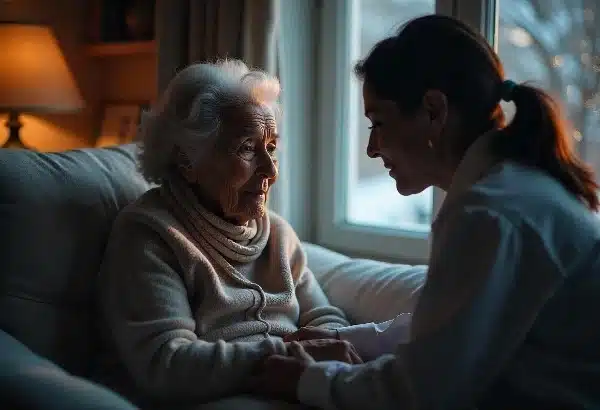Founded in 1986, International Hugging Day enthusiastically promotes the power of consensual hugging and the benefits of love and kindness that hugs provide.
The Science Behind Hugging
While we already know that people enjoy hugging, let’s explore some of the science behind why it’s so enjoyable and beneficial to our physical and mental health.
An approximate 20 seconds of hugging releases oxytocin, which is commonly referred to as the “love hormone.” The release of this wonderful hormone helps decrease stress and loneliness, boost happiness (particularly among women), solidify relationships, promote sleep, and foster generosity.
The physical and mental health benefits of hugging don’t stop there. Additional benefits of hugging include:
Protecting against illness: Having a strong support system has been proven to reduce the risk of getting sick and decrease the severity of illness for those who do get sick.
Building strong relationships: In addition to providing a sense of comfort and safety, hugging has been shown to help build trust between participants. This means hugging could be a great trust-building tool before tough conversations or stress-inducing situations.
Decreasing pain: Hugs send calming messages to the brain to increase blood flow to soft tissues, telling your muscles to relax and release tension.
Improving heart health: Researchers have found a potential link between oxytocin and low blood pressure, meaning an increase in oxytocin levels from hugging may lead to lower blood pressure.
Coping with the Absence of Hugging During COVID
In addition to all the stressors we were experiencing during the COVID-19 pandemic, we also had the added stress of missing everyday touch. Before we implemented stay-at-home orders, mask mandates, and social distancing, touch was the first thing to go. Navigating everyday touch became a negotiation and sometimes a battleground of personal boundaries.
The absence of hugs was widely felt. Everyone interviewed on the loss of touch during the pandemic for Maham Hasan’s article in 2020 said the type of touch they missed the most was hugs. People were resorting to using weighted blankets and childhood teddy bears to experience a feeling of touch and closeness.
Kath Murray remembers this feeling of being hug-deprived during the pandemic very well.
In October 2022, Kath attended the McGill International Care Congress in Montreal. Participants were instructed to place either a green, yellow, or red stick on the nametags in order to indicate their comfort level with hugging. Red meant “no hugs please,” yellow meant “ask before hugging,” and green meant “I openly welcome all hugs!”
Kath wanted to cover her nametag with green stickers. She welcomed this opportunity to be able to hug colleagues again, sharing in the feeling of happiness and closeness that was so sorely missed during the pandemic.
In October, Kath attended the McGill International Congress on Palliative Care.
— Life & Death Matters – Katherine Murray (@LDMatters) January 5, 2023
This exciting conference brought together a variety of speakers and experts on palliative care, covering topics like sibling grief, equity in palliative care, the ministry of presence, and more. pic.twitter.com/dahh5qeXS4
How to Give the Best Hugs
While the best hugs are ones that come from the heart, there are ways you can improve the hugs you give. You could even earn yourself the title of International Hugging Day’s Most Huggable person!
Based on Anna Lena Düren’s research at Goldsmiths University on what makes a good hug, she concluded the following:
- How you cross your arms, whether crisscross or neck-to-waist, does not impact the pleasantness of the hug. Choose the arms-crossing style that best suits you!
- The most pleasant hugs last between 5-10 seconds. A one-second hug simply does not suffice!
Now that we understand the wide range of benefits hugging provides us, we challenge you to make a conscious effort to hug the people in your life more frequently and for longer!








